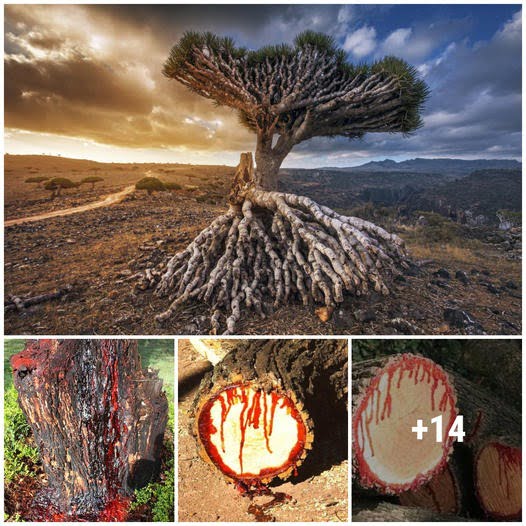It was used as a dye, painting pigment, and medicine (respiratory and gastrointestinal problems) in the Mediterranean by Greeks, Romans, and Arabs.
Dracaena cinnabari, or dragon blood tree, is an evergreen tree native to the Socotra archipelago, part of Yemen, located in the Arabian Sea, locally known as brothers’ blood tree (based on the legend that its bloody sap is from blood of Adam son killed by his brother). It’s dark red sap what made its name.
Other plant species red extract falsely named after Dragon blood include; Croton, Daemonorops, Calamus rotang and Pterocarpus.
It has a characteristic upright held umbrella shape. Unlike most monocot plants, Dracaena displays secondary growth, Dracaena cinnabari even has growth zones like tree rings of dicot tree species. Along with other arborescent Dracaena species it has a distinctive growth habit ; “dracoid habitus”.Its leaves are found only at the end of its youngest branches; its leaves are all shed every 3 or 4 years before new leaves simultaneously mature. Branching tends to occur when the growth of the terminal bud is stopped, due to either flowering or traumatic events.
Its fruits are small fleshy berries containing between 1 and 4 seeds. As they develop they turn from green to black, then become orange when ripe.
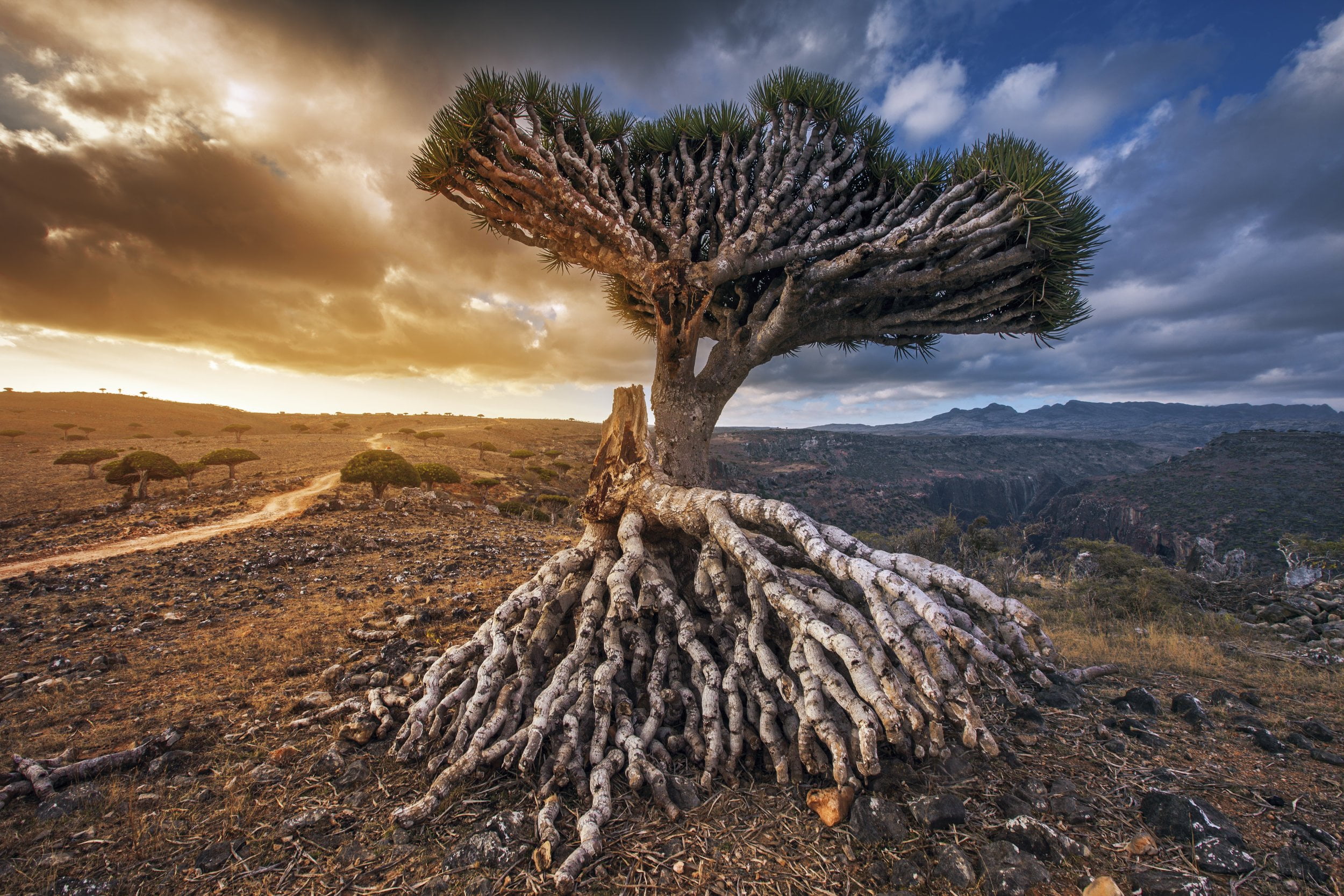
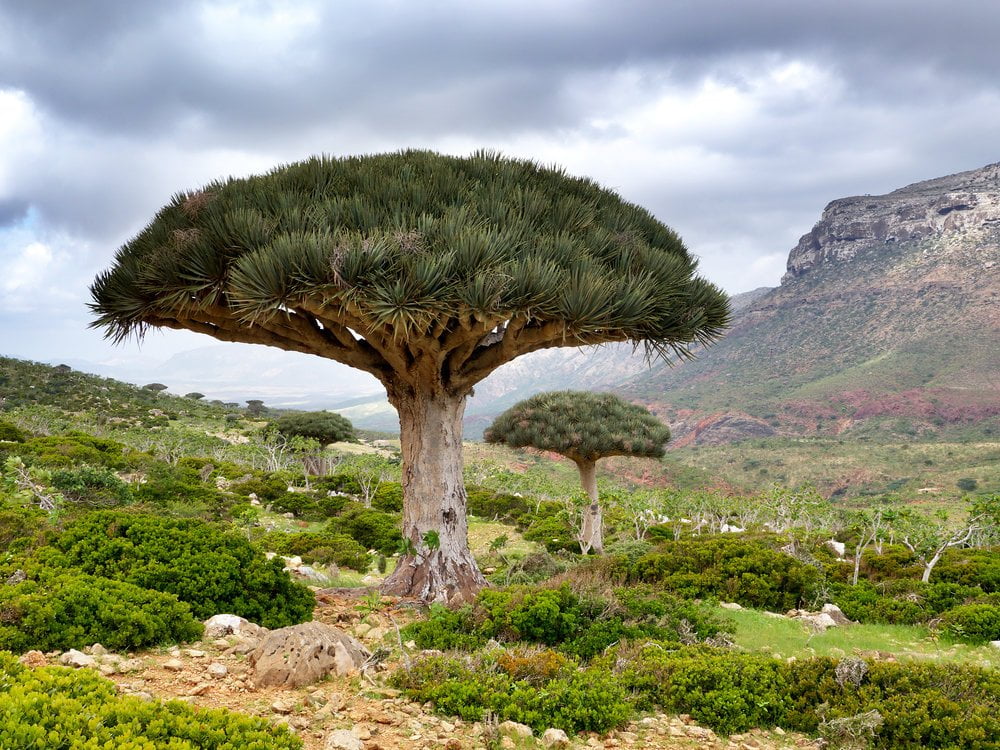
Dracaena cinnabari tree.
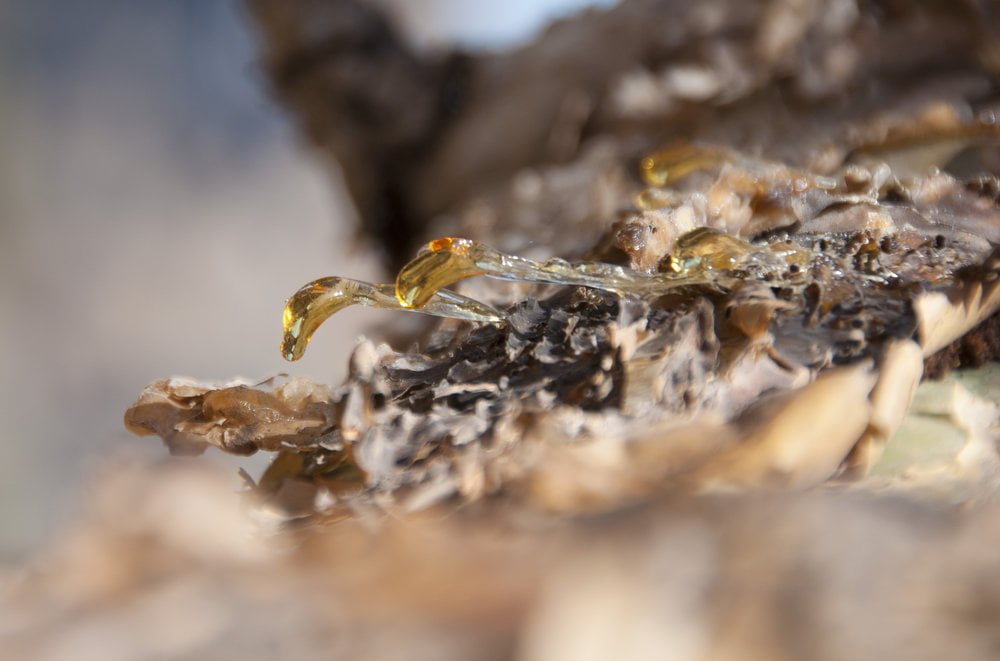
Dragon blood sap, Socotra island, Yemen
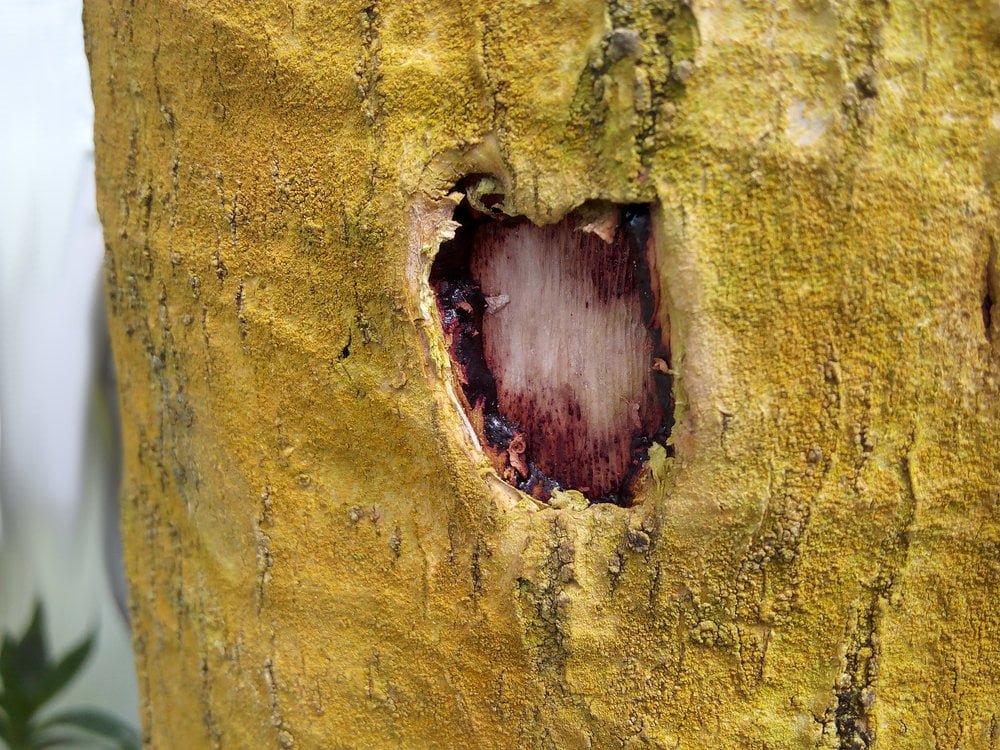
Dragon blood resin oozing from tree cut.
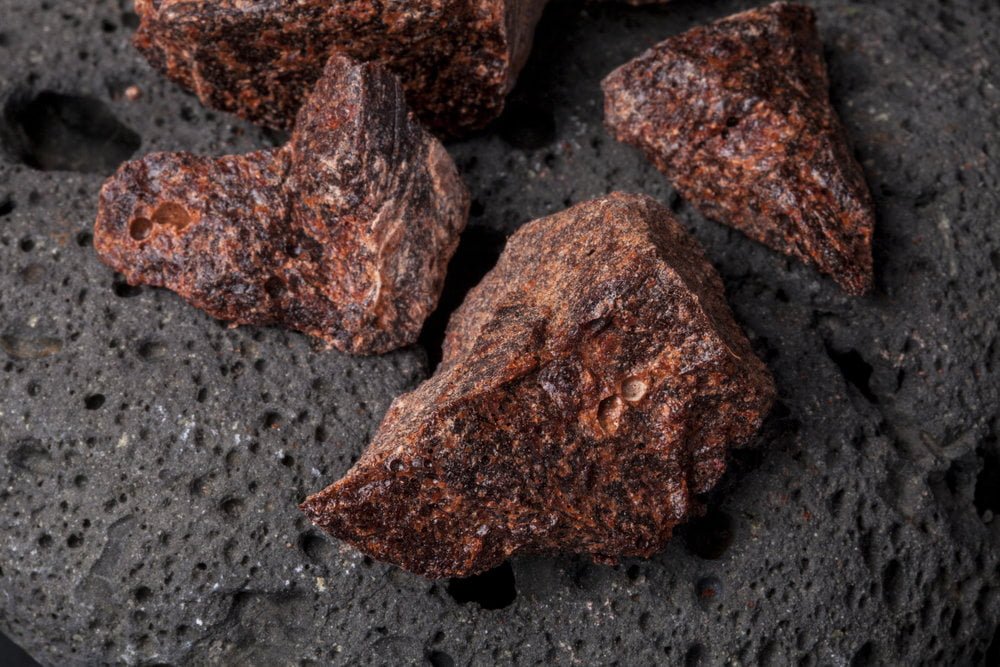
Dragon Blood resin
